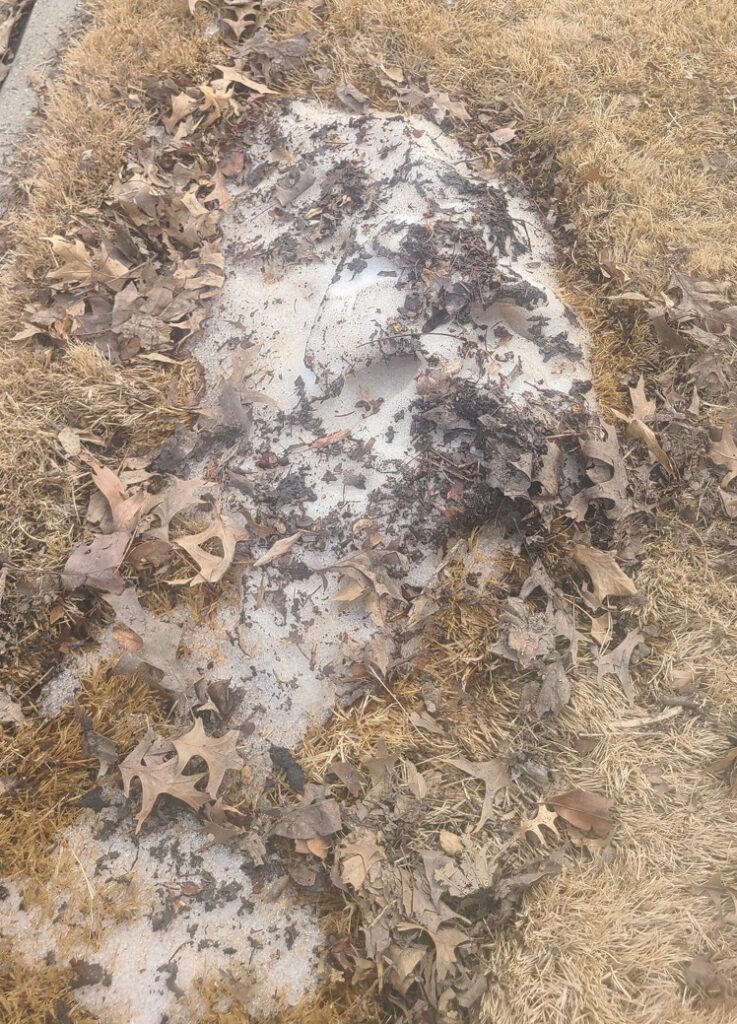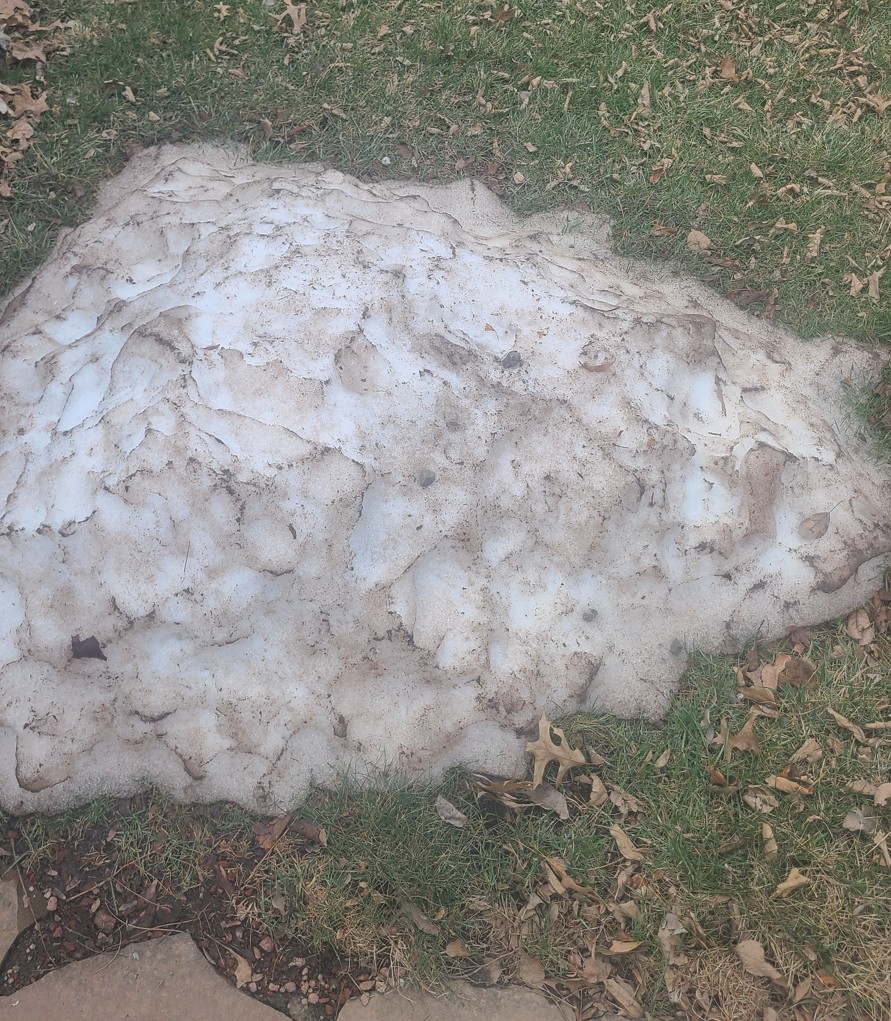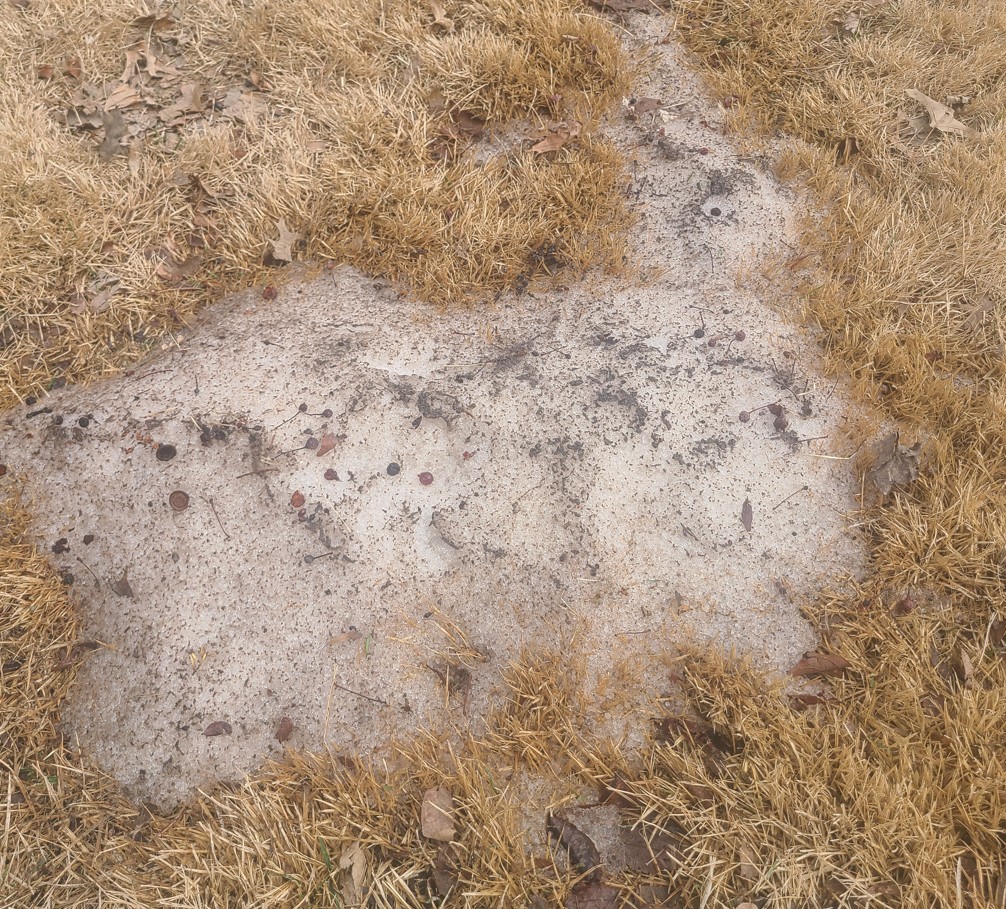March 23, 2025



4. Compacted Soil and Water Drainage Issues
The dust layer, when combined with melting snow, created a crusty surface that limited water infiltration. This compaction can prevent moisture from reaching grassroots and hinder proper lawn drainage, increasing the risk of springtime flooding or water pooling in certain areas.
5. Grass Suffocation and Delayed Growth
A thick dust layer covering snow can smother the underlying grass, reducing oxygen availability and potentially causing damage to dormant lawns. This could lead to delayed grass growth once temperatures rise, resulting in patchy, slow-recovering lawns in the spring.
Restoring Omaha Lawns After the Dust Storm
To help lawns recover from the effects of the dust-coated snowstorm, homeowners should take the following steps:
. Lightly Rake or Brush the Lawn – Once the snow melts, gently remove any residual dust buildup to improve air circulation in the soil.
. Core Aeration – Aerating the soil can help break up compacted layers and improve water penetration.
. Test Soil pH – If signs of stress appear, a soil test can determine whether the dust altered pH levels and if corrective amendments are needed.
. Deep Watering – Slow, deep watering can help flush out excess dust particles and restore healthy soil moisture levels.
While Texas dust storms reaching Omaha are rare, this event highlighted the interconnectedness of weather systems across the country. By understanding how distant environmental changes affect local landscapes, Omaha homeowners can take better care of their lawns, ensuring resilience against future extreme weather events.
